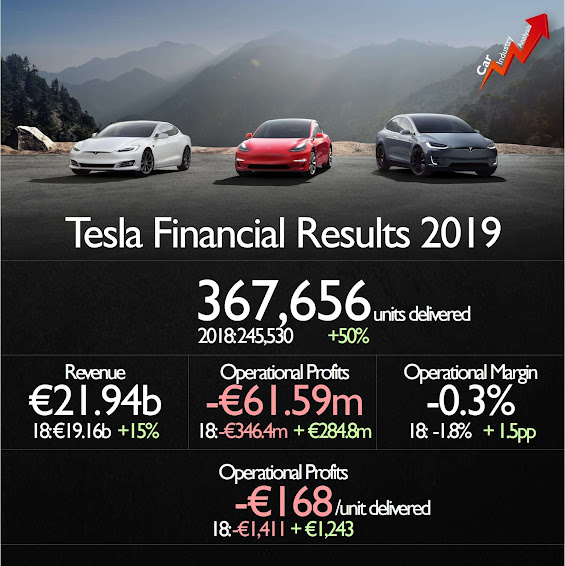Dear Reader,
Tesla has raised prices for its electric vehicles for the third time in 2 months.
It seems Tesla is employing the classic dumping strategy of first selling goods, in this case electric vehicles, for below production cost to win market share and push out the competition, which in this case did not exist. Once competitors are driven out of business, the classic dumping strategy bestows raising prices and achieving exorbitant monopolistic profits.
This seems to have been Tesla's plan all along. Tesla has bet that a new market for electric vehicles would develop, which was proven correct. Tesla seems to have been aware that producing electric cars due to the high usage of ferrous metals used is prohibitively expensive, even with government subsidies. Fully aware of the aforementioned fact, Tesla seems to have planned all along to develop and conquer the new electric automotive market and later once an established leader in a large enough market, Tesla has planned to raise prices.
This is the classic dumping strategy described in marketing books.
Will it work? I doubt it. Producing cars is characterized by very low profit margins. The main business of the market leader Volkswagen, outside its luxury brand Audi, has a net profit margin of around 4 %. The luxury sedan makers like Audi, BMW and Daimler, the maker of Mercedes, have net profit margins of 6.5 % on average. Why can't these leading automobile manufacturers raise just their prices to gain higher profits? Because the demand for cars is elastic. That is, a large increase in price will lead to an even larger decrease in sold quantity. An economics 1.01 concept. The majority of people all over the world are just not so well off to purchase a car for a price much above 35 000 USD. This is also because cars entail other additional costs like filling up gas, repairs, insurance etc. That is why, people with family and children prefer low priced vehicles, that economize on gas usage.
Tesla seems to think it can raise prices without hurting demand for its vehicles proportionately more. Tesla is obviously counting on its brand equity or with other words that its brand can compare with brands like Porsche and Maserati on the lower end and Aston Martin , Jaguar, Bentley, Ferrari and even Lamborghini at the higher end of luxurious sports brand cars.
Whether Tesla's assumption will be proven right, only time will tell. I personally think that Tesla's brand speaks for innovation and luxury, but not so much for sports luxury so as to compare with Bentley or Ferrari. What is more, in terms of design Porsche, Bentley, Ferrari and Lamborghini seem to be ahead of Tesla.
At the current valuation of 593. 871 billion USD Tesla seems way overvalued compared to the market leaders of Volkswagen and Toyota.
Even if Tesla succeeds in moderately raising prices without hurting disproportionately demands for its electric vehicles, Tesla is likely to sustainably achieve only small net profit margins in the long run with which it will be difficult to substantiate its current valuation. And this is only after Tesla's stock price fell with circa 30 % from its recent highs.
I estimate Tesla is worth not more that 150 billion USD in the long run and this is in case the company succeeds in making sustainably positive net profit margins, which has proven elusive for the company in the past, except for 2020. However, the 2020 was achieved with government subsidies and booking revenues in advance.
Disclaimer: The blogposts and comments on this blog and posts on social networks(Twitter, LinkedIn, Facebook etc.) are not investment recommendation, are provided solely for informational purposes, and do not constitute an offer or solicitation to buy or sell any securities. The opinions expressed on the blog are Petar Posledovich's. Petar Posledovich does not guarantee the accuracy of the information presented on this blog and social networks. The information presented is "as is".
Petar Vladimirov Posledovich is not liable for any investment losses incurred by reading and interpreting blogposts on this blog and posts on social networks.
Conflicts of interest: I may possess some of the securities, currencies or their derivatives mentioned in the blogpost and posts on social networks(Twitter, LinkedIn etc.)!
Respectfully yours,
Petar Posledovich





















